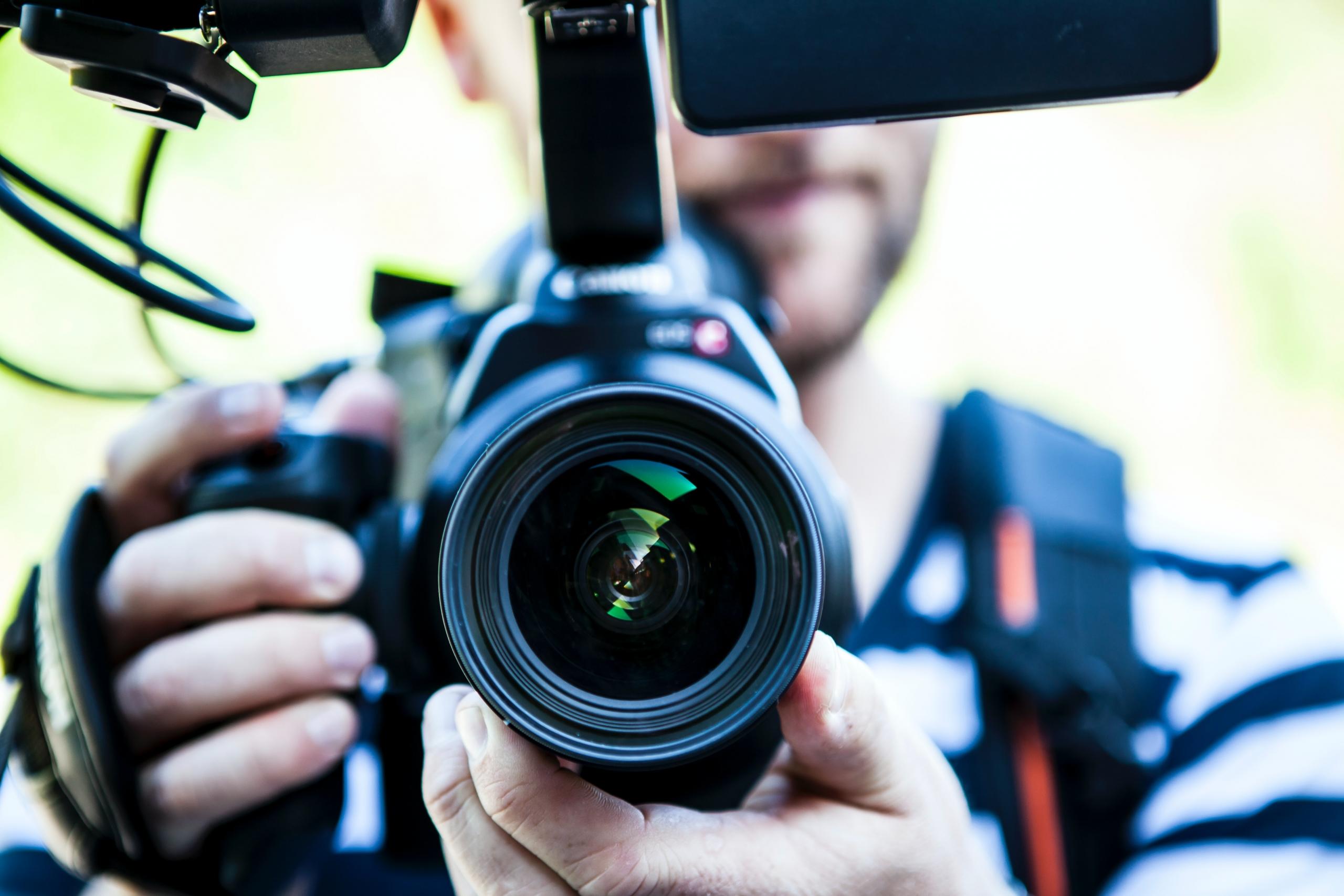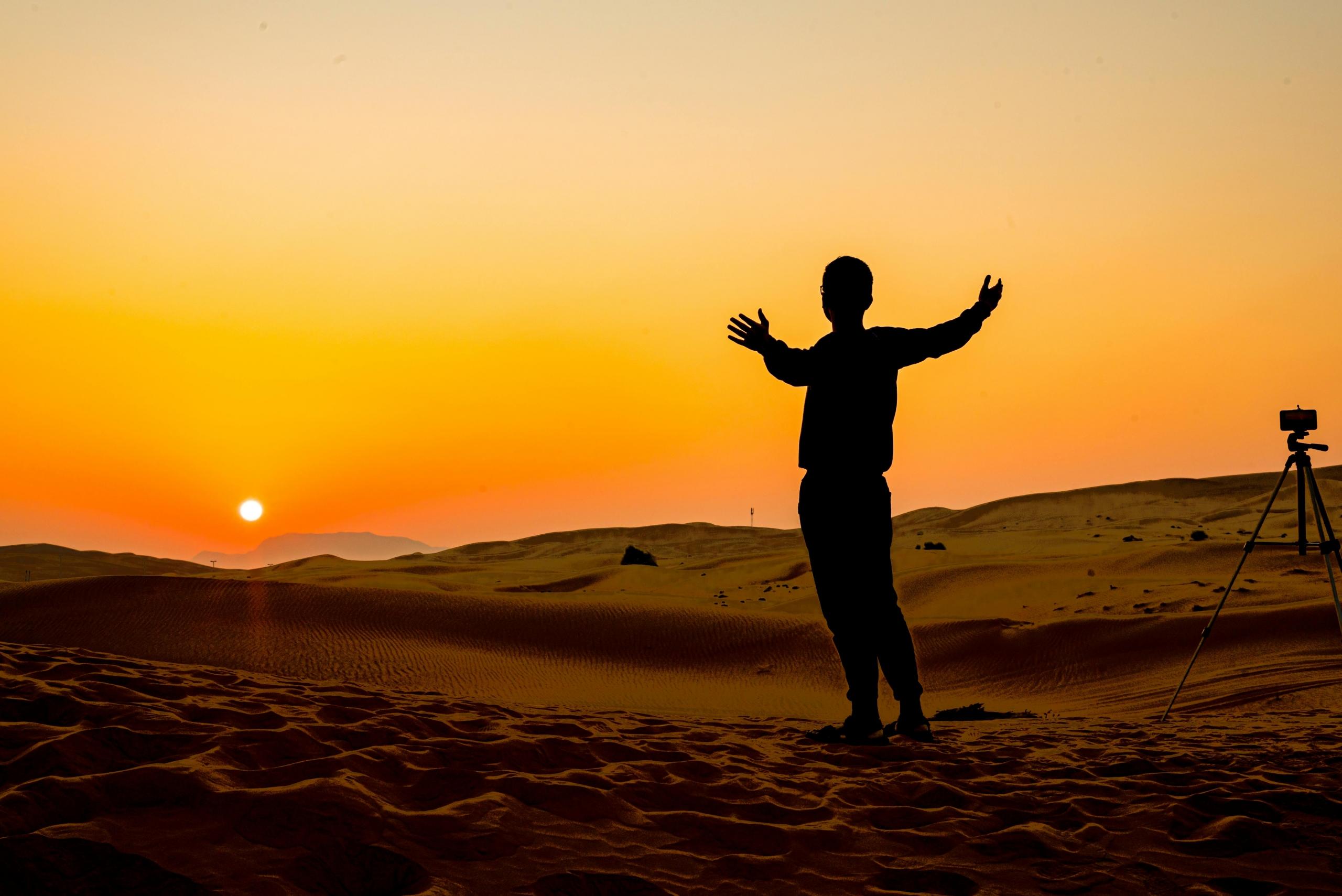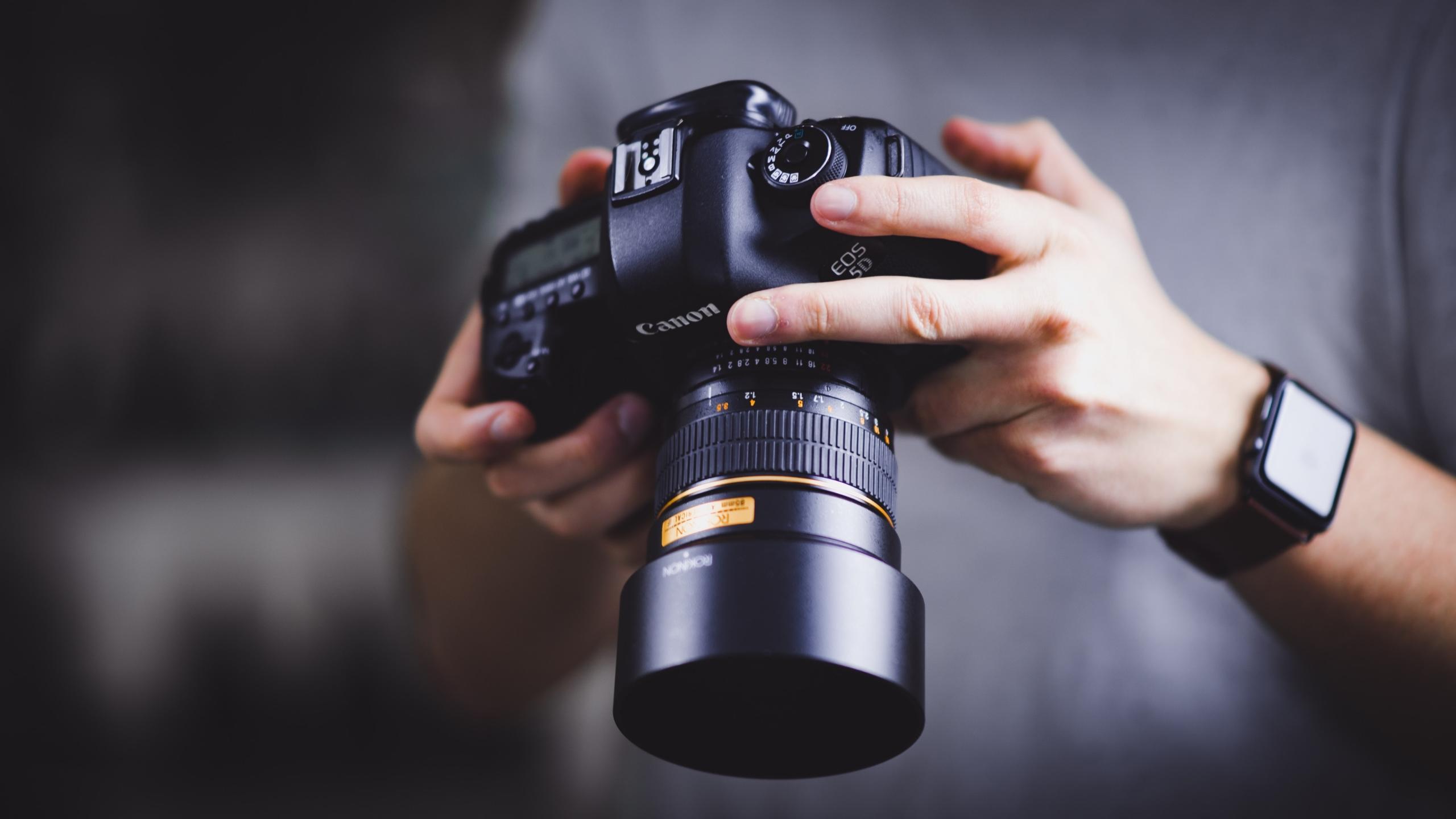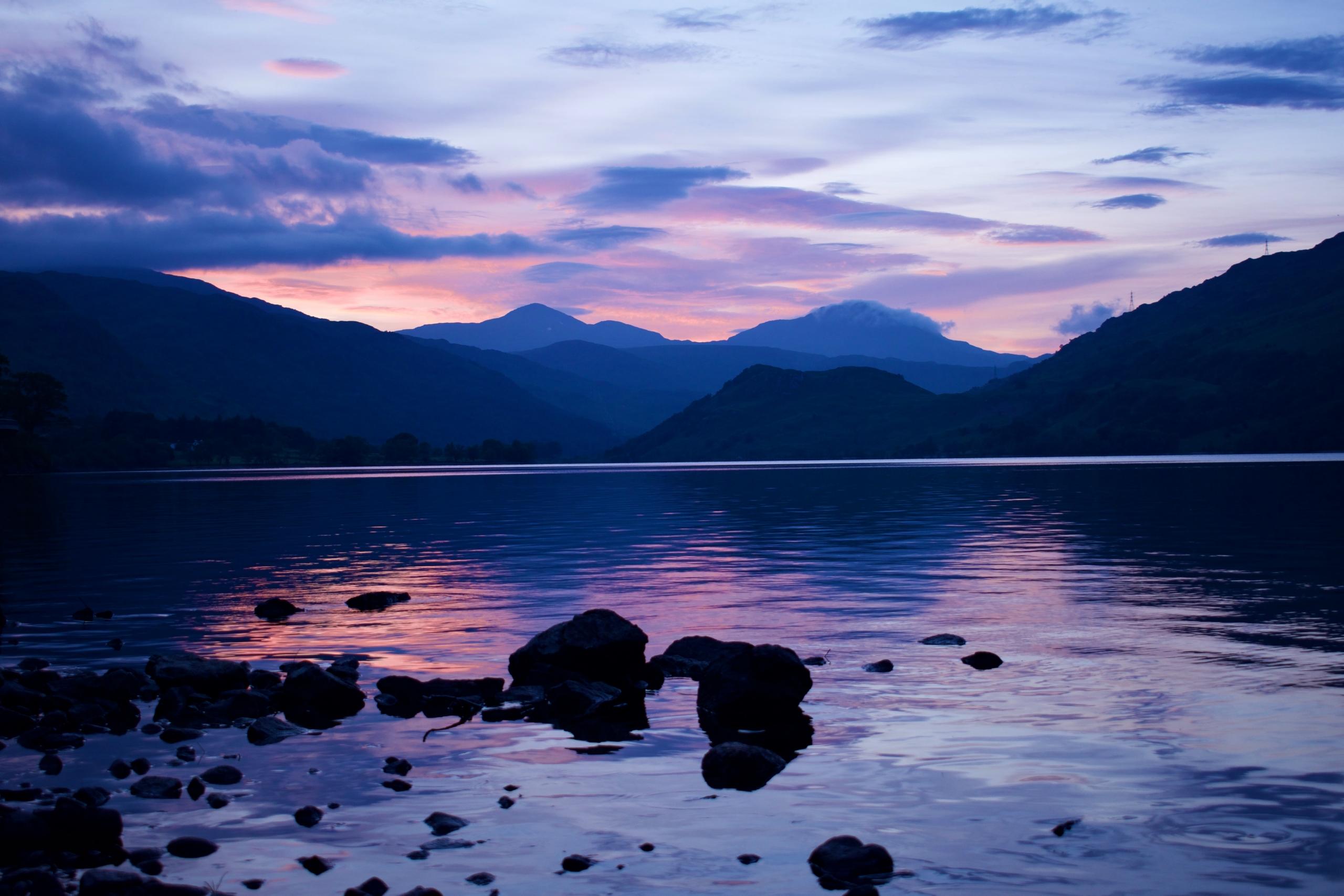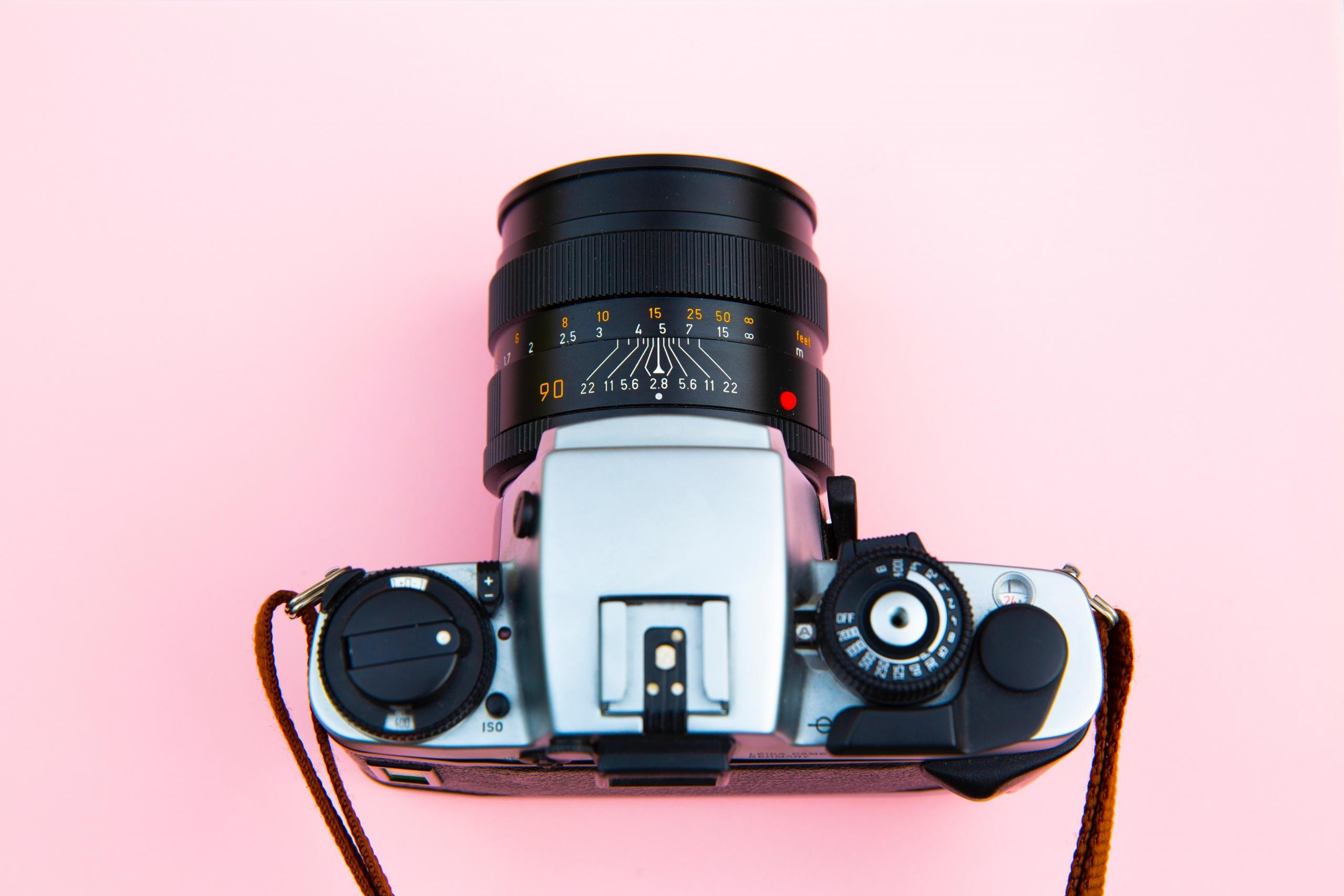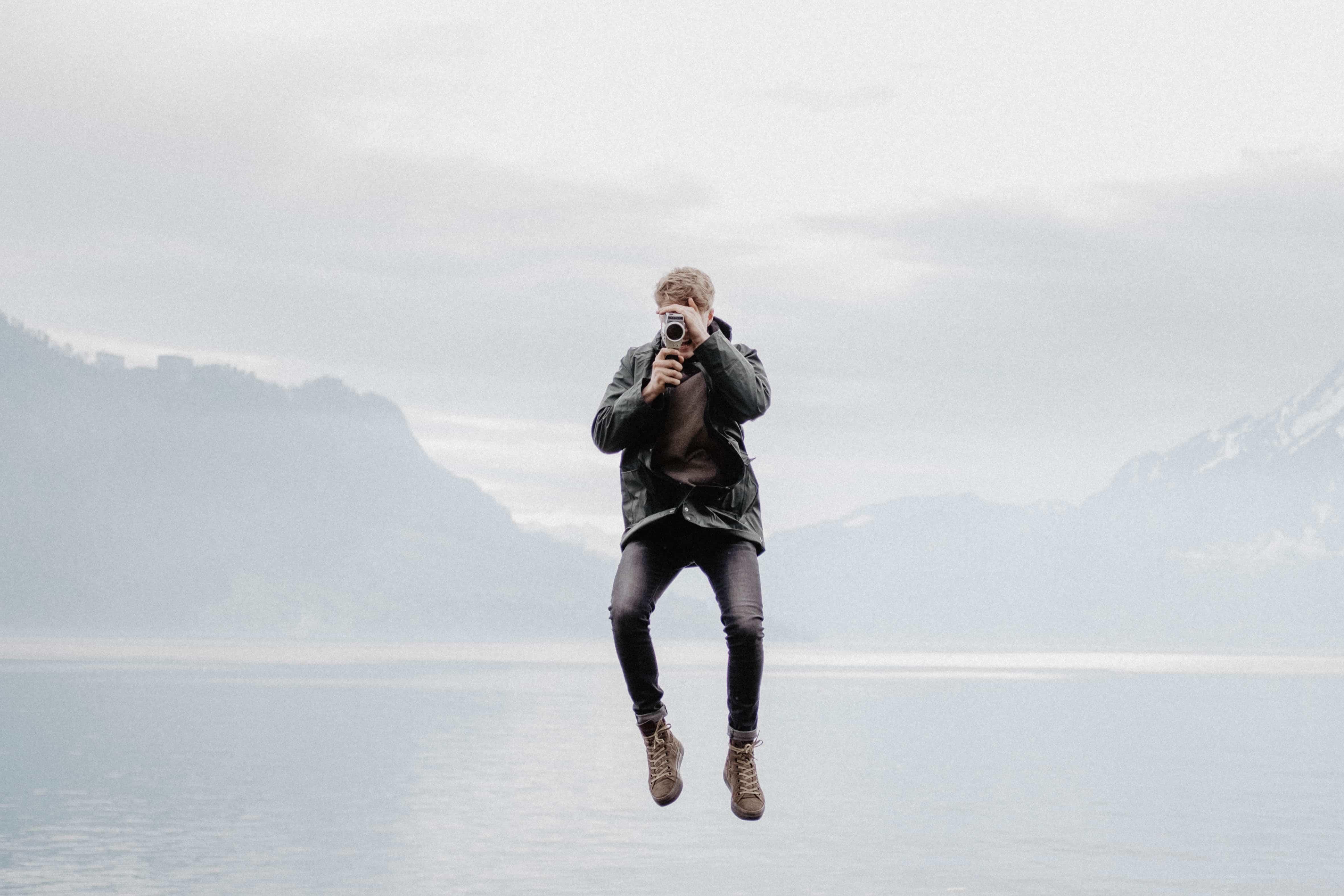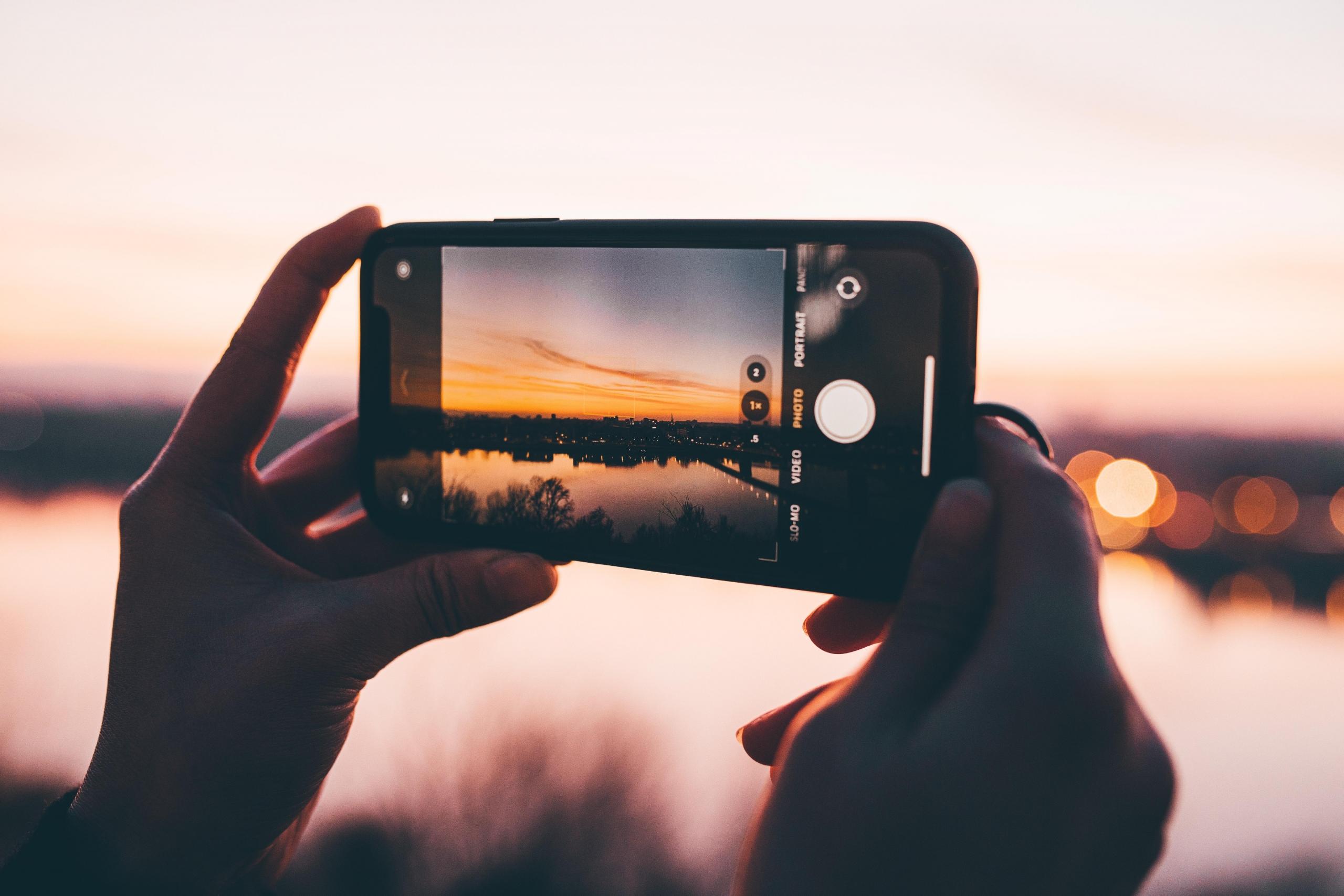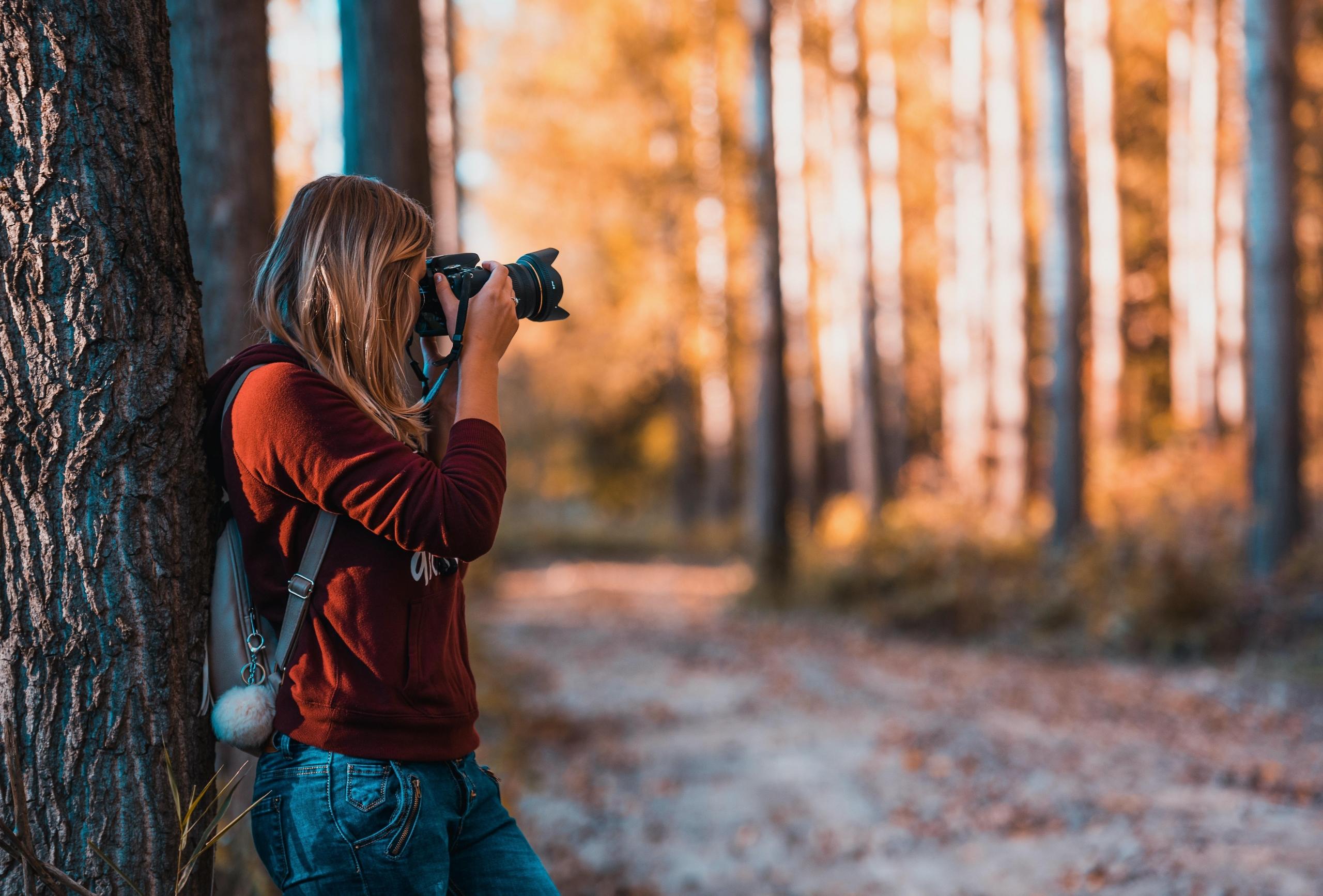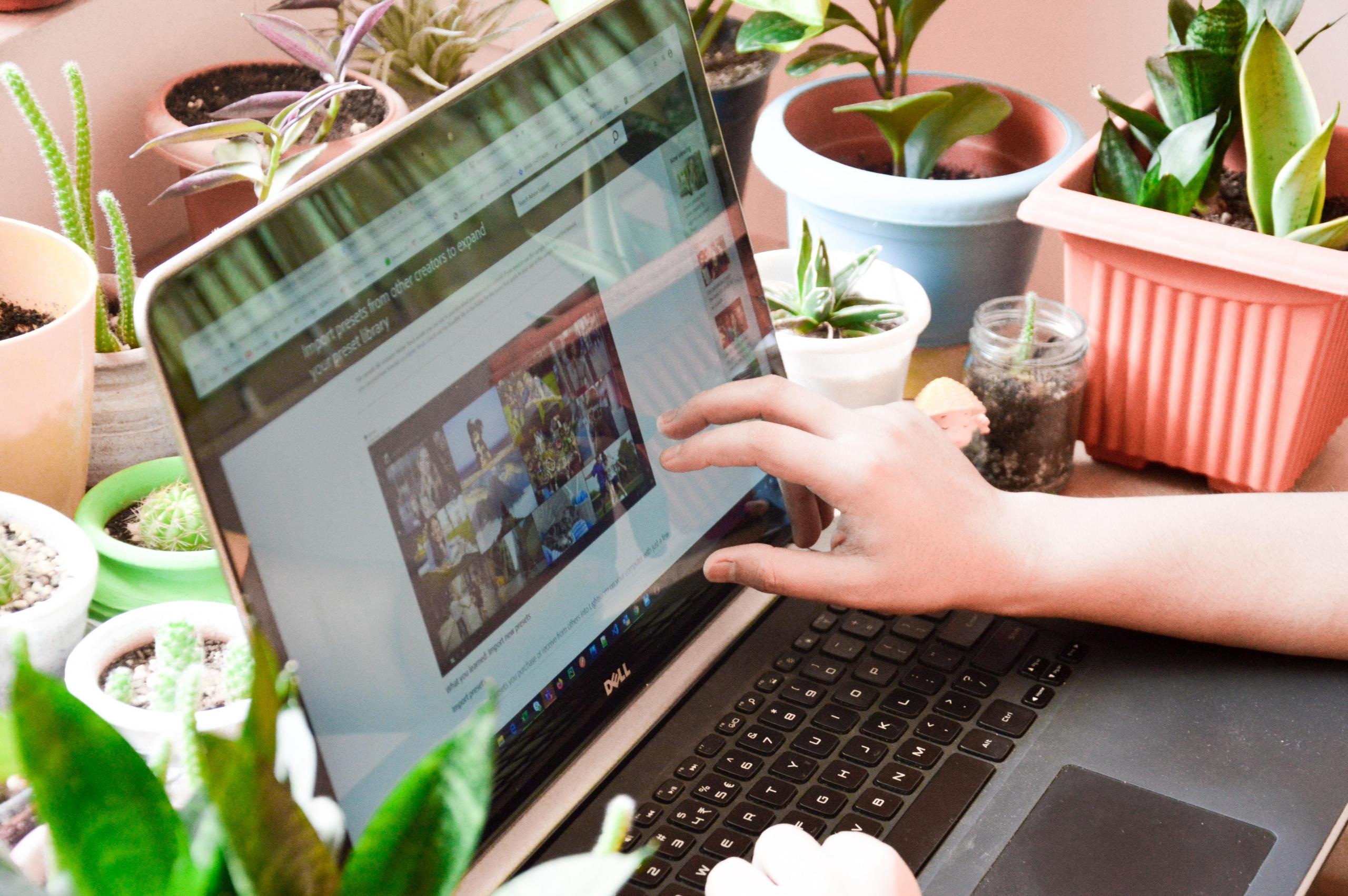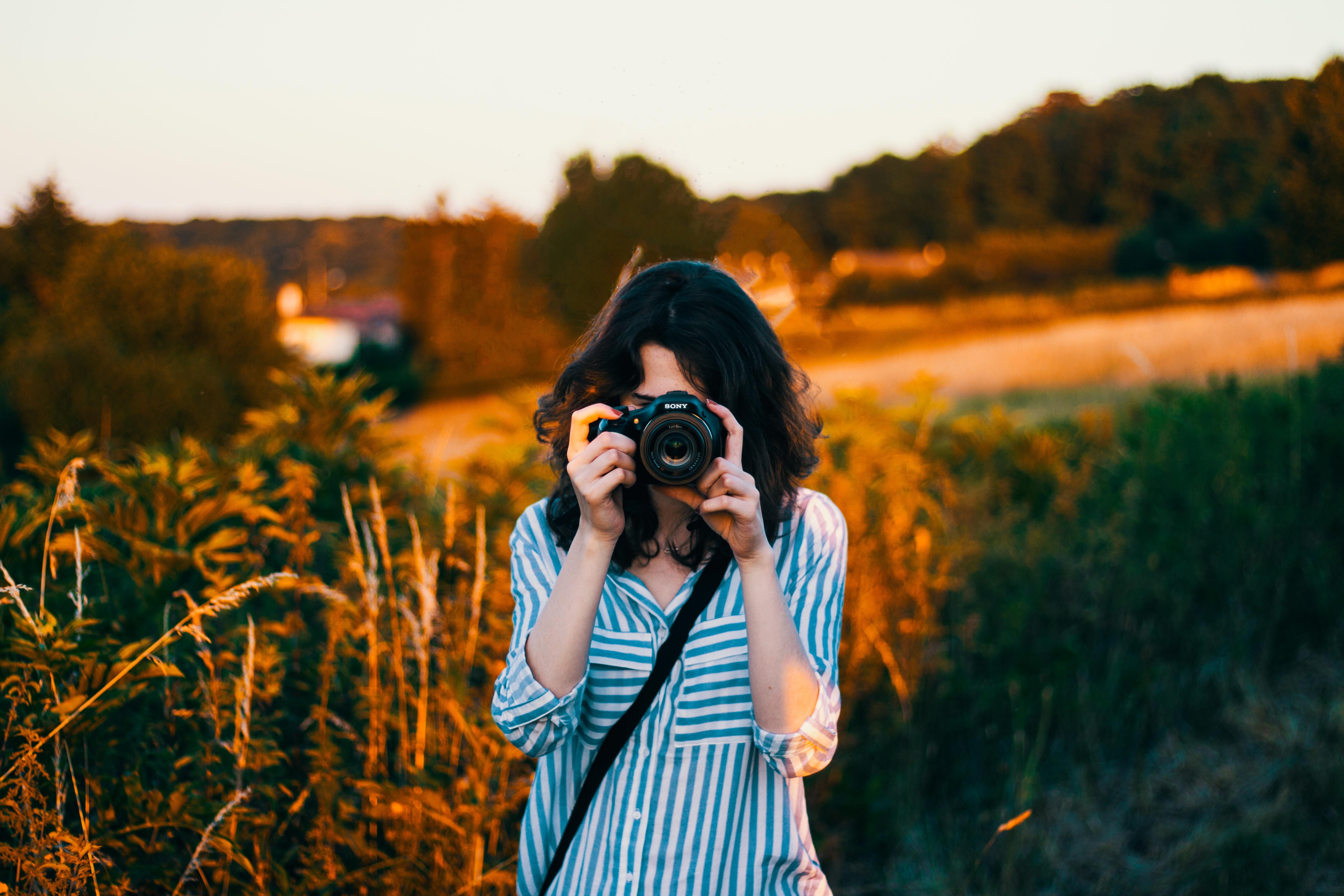Film as dream, film as music. No art passes our conscience in the way film does, and goes directly to our feelings, deep down into the dark rooms of our souls. Ingmar Bergman
There’s no doubt that it takes vision to create a story through film or video.
But what is videography?
Amazingly, even with all the available options for people to consume media, people love film and it is why you may be hoping to grow your videography skills.
When you learn videography, you learn a new way of seeing the world.
It is how many of the greatest visionaries create stories that are shared with millions of people around the world.
So how do you learn videography to the extent that you know how to film like a pro?
In short, to start making great videos, you do not have to be a famous director. If you have a digital camera, whether that is a DSLR, compact or hybrid, with the right settings and right videography skills you can start your journey for how to film with an ordinary camera.
Want to give private lessons?
Join the Superprof community and share your knowledge with inquiring and motivated students.
Best Cameras for the Basics of Shooting Video
To make an informed decision on which camera to invest in has become increasingly common, but before doing so, it helps to know about the basics of shooting video.
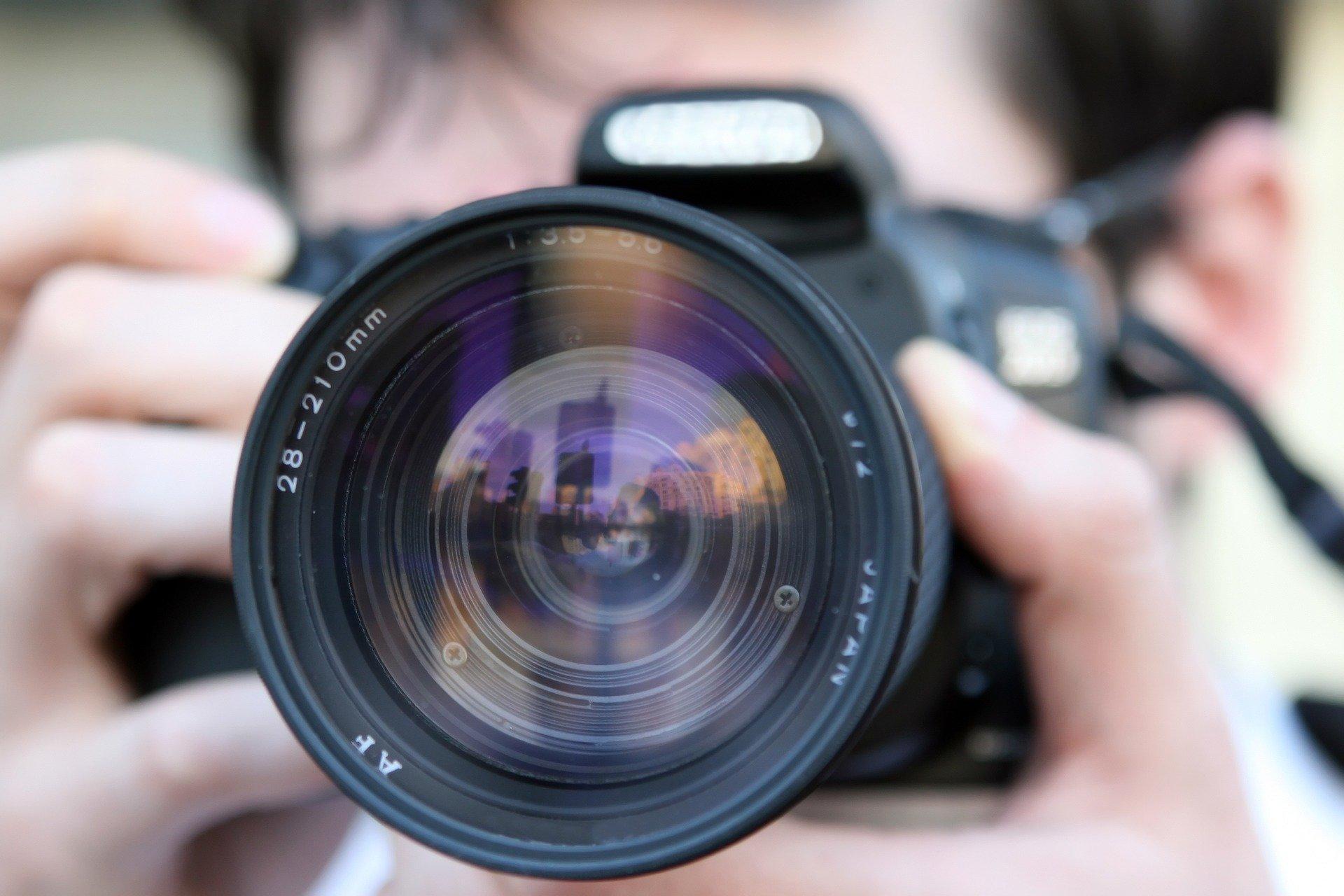
Today, thanks to the foresight of manufacturers who saw the practicality of combining photography and video into one device, digital cameras, along with a few good videography skills, can help just about anyone learn how to film like a pro.
When it comes to the best cameras for video, these are usually devices that can film in 4k which is more than enough for most users.
One of the advantages of filming with a DSLR is that you can gain depth of field which is when one aspect is in focus and the background is blurry. In fact, a DSLR is perfect to learn videography and for the basics of shooting video.
Cameras that are recommended for the basics of shooting video include:
- Panasonic Lumix GH5S
- Olympus OM-D E-M1
- Fujifilm X-H1
- Sony Alpha 7
- Nikon D850
These devices are all capable of filming in 4k. They also film at 24 to 25 frames per second. Some also have built-in stabilisation and the ability at 50 or 60 frames per second to achieve slow motion.
These are costly options, so if you are looking at more affordable possibilities then check out the Canon G7X or Sony RX100.
More about Camera Types for the Basics of Shooting Video
Before deciding on equipment, it’s a good idea to find out more about camera types and their differences.
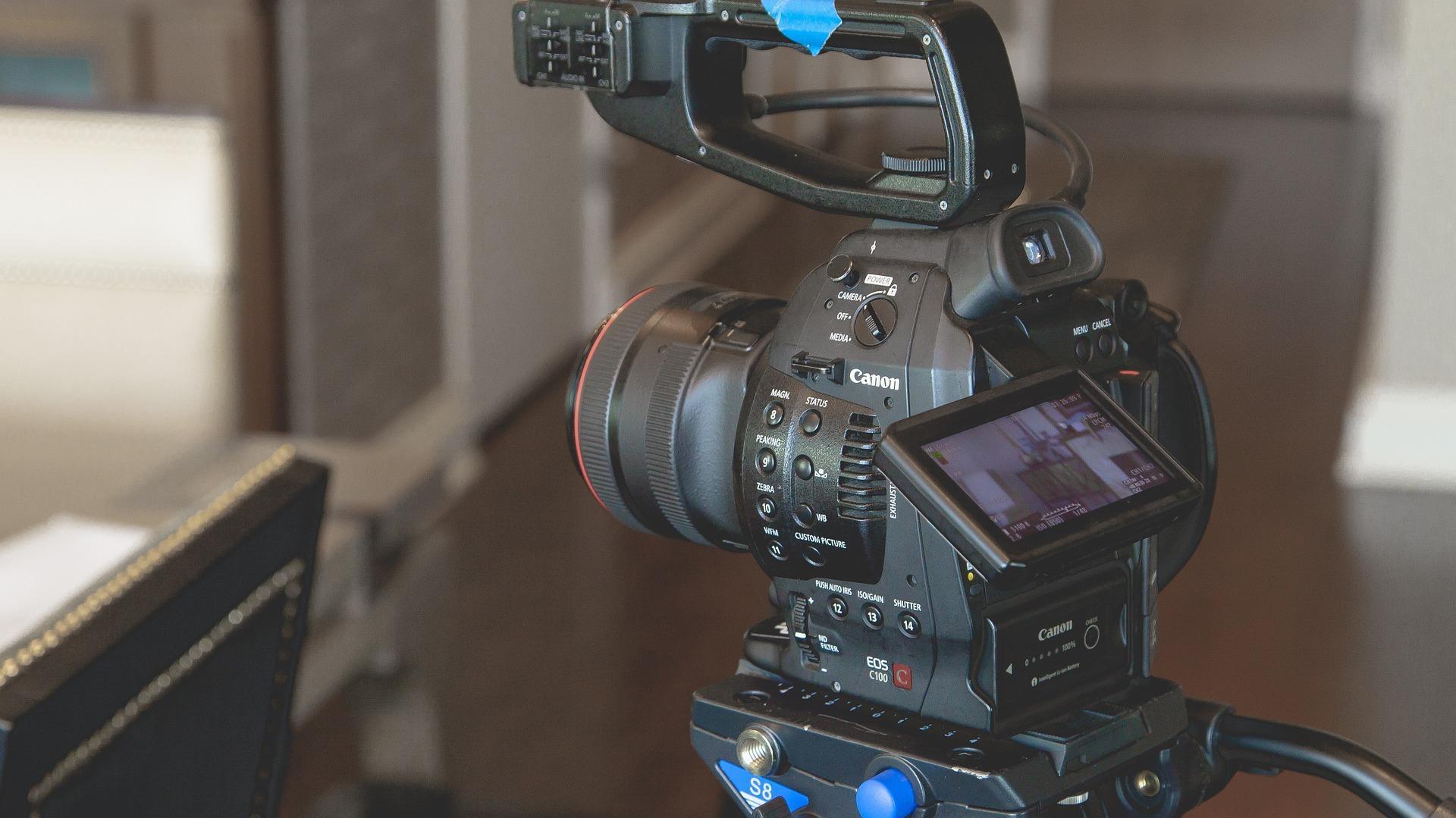
Some amateur photographers don’t realise the impact that certain lenses can have. For instance, unlike Hybrid and Bridge cameras, DSLR and hybrid cameras use interchangeable lenses.
The real difference between these camera types is not only the fact that the lenses can be changed or not but about the sensor that is inside of them.
The sensor inside a camera lens does the job of receiving light. The larger the size of the sensor, the easier it will be to take images, especially in lower light conditions. DSLR cameras, and some hybrid models, typically have larger, full-frame sensors, while hybrid cameras tend to have smaller sensors.
Digital SLR cameras have mirrors, while hybrids don’t which is why they are generally smaller in size.
We tend to think that DSLR cameras are best when it comes to how to film professionally, however, it depends on the videography skills you have in knowing how to use the camera.
Single-lens reflex cameras are generally heavy and require great lenses to achieve quality footage which is why they suit those who have professional videography skills.
Having said this, there is a place for combining good videography skills with the basics of shooting video to achieve quality footage with compacts. An important benefit is that you will not have much to lug around.
When asking what is videography, don’t forget the importance of audio too. Find out about the quality of your built-in microphone and if necessary look into investing in an external microphone.
10 Tips to Learn Videography
To answer your question about what videography is, it’s important to note that it is about much more than just a camera.
Apart from your videography skills and knowledge of the basics of shooting video, you’ll also need to know how to:
- Storyboard and plan your scenes
- Consider your lenses
- Plan shots
- Know how to best stabilise your camera
- Know your video mode settings
- Understand lighting
- Consider audio
- Be prepared to do several takes
- Try different angles
- Learn about post-production software
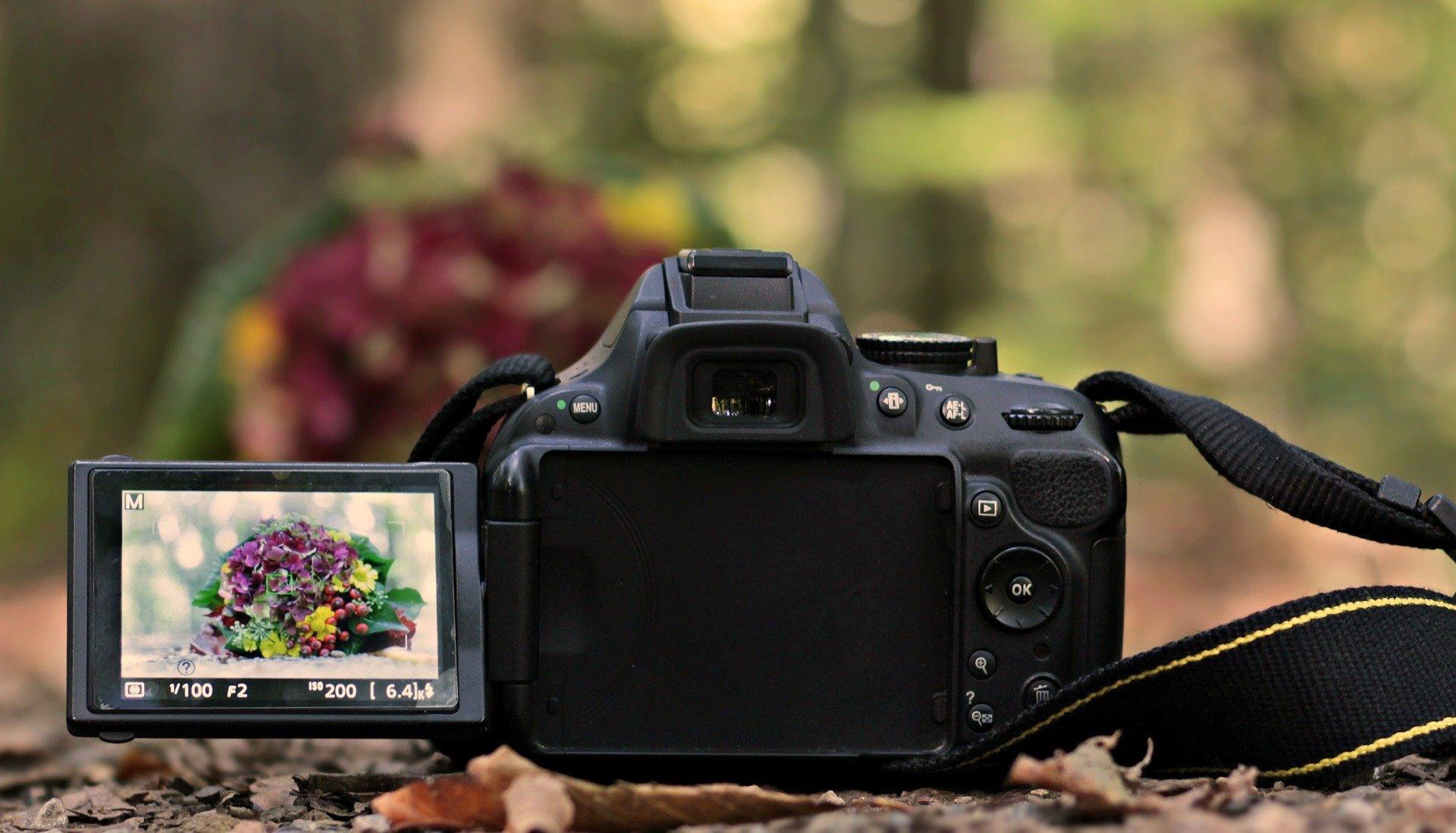
The creation of a storyboard in planning a story in any medium makes everything much easier.
One of the trickier aspects to master when it comes to knowing how to film like a pro is focusing while tracking moving shots, and this is something that you should aim to master when you learn videography.
One tip for beginners to is to try and make your static shots dynamic.
Also, don’t shoot from the same angle as this can make everything a bit monotonous. Move around to achieve different angles.
Also, what is videography without hearing the word “cut”?
Remember that photography cameras are not designed to shoot for long periods so pay attention to your battery life and how and where you will cut. Doing so will make your post-production process far easier.
In addition, you’ll learn about framerate and quality types like 4K and full HD.
Finally, take your time with ensuring that you have good lighting. Even if you are able to alter ISO settings, and have a large image sensor or a low-light lens, don’t underestimate how important it is to work with good natural light.
Videography Accessories
When using a DSLR camera, think carefully about the lenses you use. In many ways, these are more important than the camera itself.
Also, most cameras don’t have high-quality built-in microphones, so consider investing in an external mic for better audio quality. Remember that you will need to learn how to sync up video and audio during the editing process too.
An obvious but important reminder is about batteries. Investing in extra batteries can make all the difference between seamless shooting and having to stop because you have run out of charge. The same goes for memory cards. Remember that video can take up a lot of memory space, especially when filming in 4k.
Finally, stabilising your camera is extremely important and using a tripod where possible will make a huge difference to the quality of your work. Besides the camera stabilisers that are built in, it is always better to work with a tripod to achieve a steady shot where you can.
When it comes to camera accessories, another investment that many people tend to forget is a good camera bag or backpack to safely keep and transport your gear.
To learn more about how to hone your video or photography skills, there are hundreds of qualified and experienced tutors on Superprof who could show you the ropes. Many people assume that private tutoring is too expensive but on Superprof, there are tutors for every type of learner as well as every type of budget.
Naturally, in-person tutorials are the most costly, however, there is no doubt that they are also the most effective. You could also share a private tutor but when you are one-on-one, you can be guaranteed that the lessons will be tailored to your unique needs, goals and style of learning.
Online tutorials are also effective and have the benefit of being very convenient as you will not need to leave your home or factor in travel time and costs. These are more suited to theoretical subjects than practical ones where it is more helpful to have the tutor in the room with you.
As you can see the options are numerous. Use Superprof’s location tool to see if there are any tutors near you who would provide your first lesson for free as an added bonus.
The choice is all yours!
Want to give private lessons?
Join the Superprof community and share your knowledge with inquiring and motivated students.

